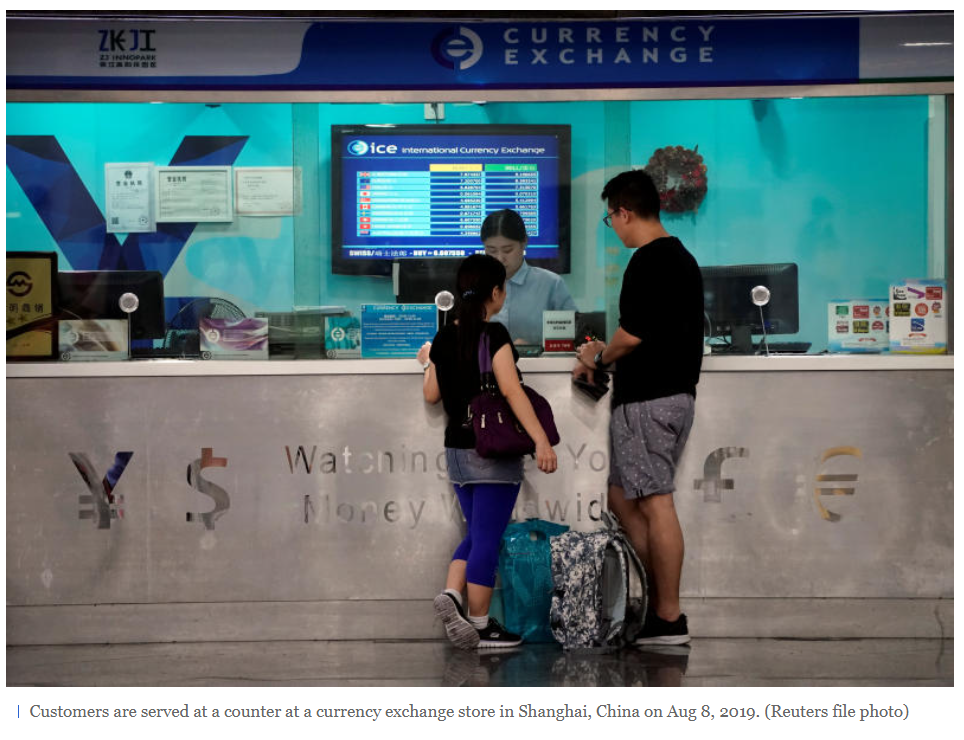Slumping Asian currencies face more risk from slowdown in China
From Covid risks to talk of a reduction in US stimulus, there’s been no shortage of bad news for Asian currencies. An upcoming report on China’s manufacturing sector may add to the pressure.
Traders are looking to Chinese factory data for clues on the global outlook after the world’s second-largest economy slowed more sharply than expected in July. The nation’s key manufacturing gauge has fallen since April and a slide into contractionary territory could spur a rise in risk-off sentiment and hurt Asian currencies.
Regional exchange rates have struggled to navigate the fallout from the pandemic, with the Thai baht falling over 8% to lag all its Asian peers this year. Taiwan’s dollar and the Chinese yuan have proven to be more resilient, but even they could find it hard to extend gains as the outlook dims, according to TD Securities.
“Markets are already starting to price in weaker global growth prospects in the months ahead, with peak growth having already passed,” said Mitul Kotecha, chief EM Asia and Europe strategist at TD Securities in Singapore. “China is contributing to this as seen in its recent data releases and this is likely to be echoed in the release of China’s August PMI data.”
Economists predict this week’s report will show that China’s manufacturing purchasing managers’ index dropped to 50.1 in August, the lowest since February 2020. A reading above the 50-mark signals an expansion in output.
Chinese exports, retail sales and industrial production growth all missed economists’ estimates in July as a new wave of virus infections hurt consumption and global growth. The central bank has since pledged to stabilize the supply of credit and boost the amount of money supporting smaller firms and the real economy.
“For Asia, the most growth-sensitive currencies are the more open trade economies such as Korea, Taiwan, Singapore and China,” said TD Securities’ Kotecha. “These have outperformed through the Covid crisis, but weaker growth prospects and slowing trade could limit gains in these currencies.”
The pandemic has hurt Southeast Asian currencies particularly hard, with the baht tumbling to a a three-year low in August. The Malaysian ringgit dropped to the weakest in more than a year while the Philippine peso slid to a 15-month trough.
It may be worthwhile noting that even if China’s manufacturing print surprises on the upside, the bout of relief for Asian currencies could be brief. Attention will quickly turn to US non-farm payrolls data due Sept 3, with the dollar expected to resume its advance if a strong report delivers another boost to Treasury yields.
Source: https://www.bangkokpost.com/business/2173511/slumping-asian-currencies-face-more-risk-from-slowdown-in-china


 English
English




